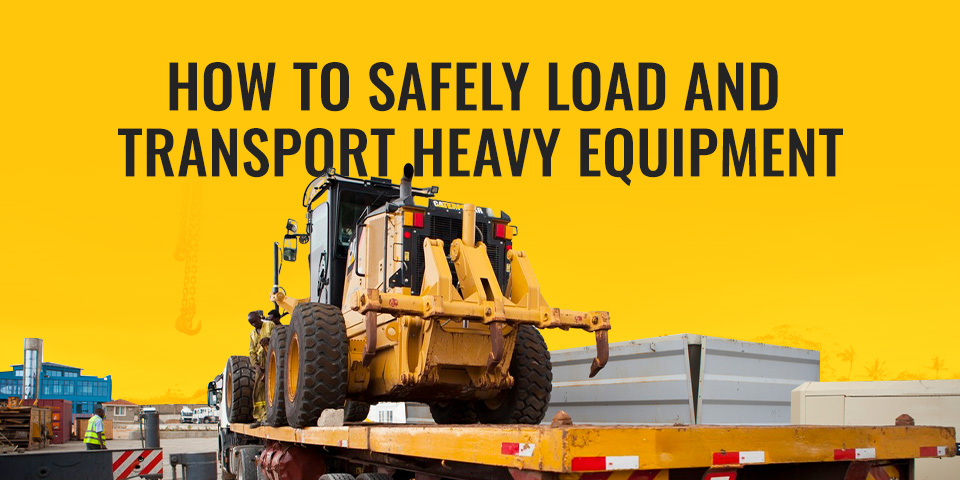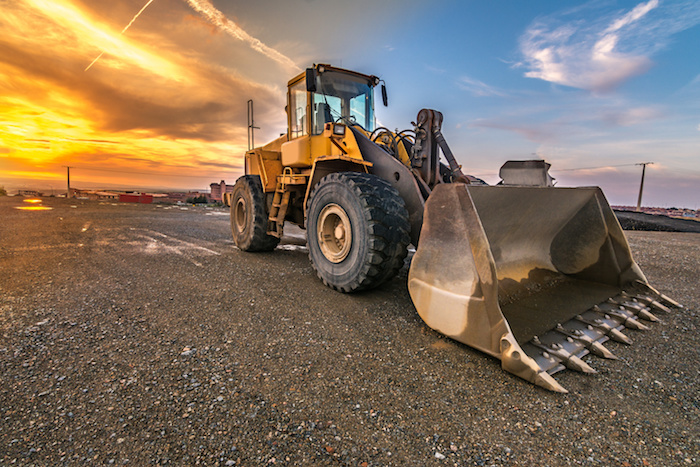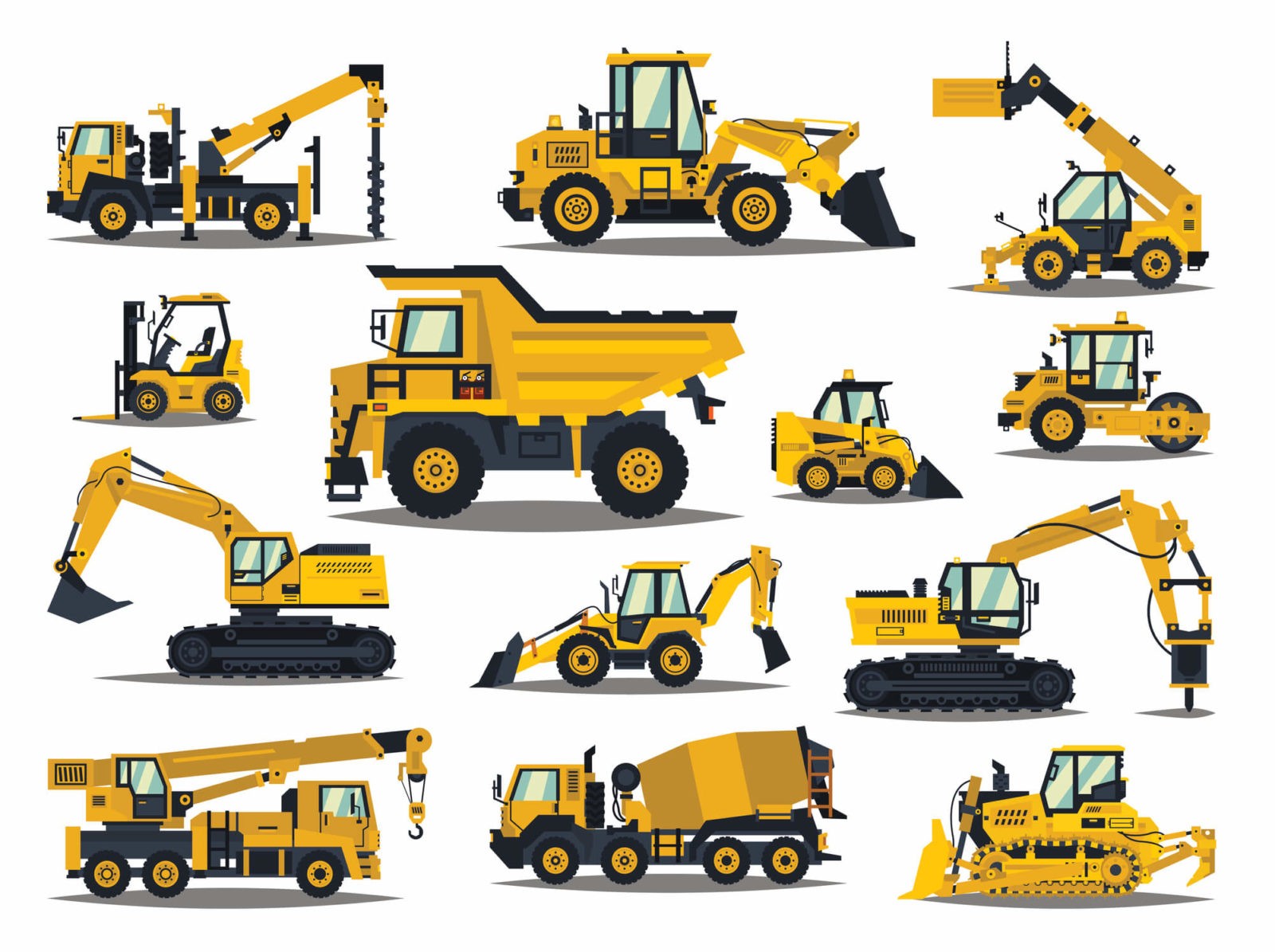Aerial Lift Rental for Construction and Upkeep Projects
Aerial Lift Rental for Construction and Upkeep Projects
Blog Article
Renting Vs. Buying Construction Tools: Making the Right Selection for Your Task
When getting started on a building task, one of the vital decisions that forecast stakeholders and supervisors deal with is whether to get or rent building equipment. The decision pivots on numerous aspects such as price factors to consider, job period, tools maintenance, scalability, adaptability, and threat administration.
Price Factors To Consider
When assessing the monetary facet of acquiring versus renting building and construction equipment, the ahead of time expenses and long-term expenditures need to be meticulously considered. Renting equipment often calls for lower preliminary settlements contrasted to buying, making it an appealing option for temporary jobs or service providers with budget restrictions. Leasing eliminates the demand for huge funding expenses and decreases the economic risk connected with tools ownership, such as maintenance and depreciation prices. Nonetheless, in the long run, continuously renting out equipment can accumulate higher expenses than acquiring, particularly for extensive projects.
On the various other hand, buying construction tools entails higher upfront expenses yet can lead to long-term cost savings, especially for regular individuals or long-lasting tasks. Possessing tools offers versatility, ease, and the possibility for resale worth once the task is finished. Furthermore, owning equipment permits modification and knowledge with details equipment, possibly raising performance and productivity on-site. Eventually, the decision between renting out and buying building and construction equipment depends upon the project's period, frequency of use, budget factors to consider, and long-term financial goals.
Task Period

Alternatively, for lasting tasks or continuous construction job, buying tools can be the extra affordable choice. Purchasing devices can result in set you back savings in the long run, specifically if the equipment will be regularly used. In addition, having devices provides a sense of control over its availability and enables personalization to fit details job requirements.

Equipment Maintenance
Offered the important role task duration plays in figuring out the most affordable strategy between renting out and getting building devices, the emphasis now changes in the direction of analyzing the necessary facet of equipment upkeep. Appropriate upkeep is important for guaranteeing the ideal performance and durability of building devices. Leasing equipment often includes the benefit of having well-maintained equipment given by the rental business. This can reduce the problem of upkeep tasks from the task owner or contractor, conserving effort and time. On the other hand, owning devices requires a positive technique to maintenance to stop break check this downs, make certain safety and security, and extend the equipment's lifespan. Normal inspections, maintenance, and timely repairs are essential to keep owned and operated equipment in top functioning problem. Element in upkeep expenses when making a decision between renting and important source getting, as disregarding upkeep can cause expensive repair services, downtime, and project hold-ups. Inevitably, a well-kept building tools fleet, whether leased or owned, is vital for the reliable and effective conclusion of building jobs.
Flexibility and Scalability
In the world of construction equipment monitoring, the element of adaptability and scalability holds significant relevance for job effectiveness and resource application. Opting to lease construction devices provides a high degree of versatility as it enables for the fast modification of equipment types and amounts based on the progressing demands of a task.
Renting out building and construction tools uses the advantage of quickly scaling procedures up or down as job needs change. Specialists can quickly trade or include tools to match the project's altering requirements without the restraints of possessing possessions that might end up being underutilized or out-of-date.
Threat Management
Reliable danger administration in construction devices procedures is extremely important to making sure job success and mitigating potential monetary losses. Building projects inherently include numerous threats, such as devices breakdowns, crashes, and job delays, which can significantly impact the project timeline and budget. By meticulously thinking about the dangers connected with owning or renting construction equipment, project supervisors can make informed decisions to minimize these prospective hazards.
Renting out building devices can offer a level of risk mitigation by moving the duty of repair and maintenance to the rental business. This can reduce the economic problem on the job owner in instance of unanticipated tools failings (aerial lift rental). Furthermore, leasing provides the versatility to accessibility specific equipment for specific project stages, lowering the threat of owning underutilized machinery
On the other hand, having construction tools offers a sense of control over its use and upkeep. However, this likewise means bearing the full responsibility for repair services, maintenance costs, and devaluation, raising the economic dangers related to devices possession. link Mindful danger assessment and consideration of variables such as job period, devices usage, and maintenance needs are critical in identifying one of the most suitable choice for efficient risk monitoring in building and construction projects.
Conclusion
To conclude, when making a decision between leasing and buying building and construction tools, it is crucial to think about cost, job period, devices upkeep, danger, versatility, and scalability monitoring. Each element plays a crucial function in determining the most appropriate alternative for the project at hand. By thoroughly evaluating these facets, project supervisors can make an educated choice that straightens with their budget, timeline, and total job objectives.

Report this page